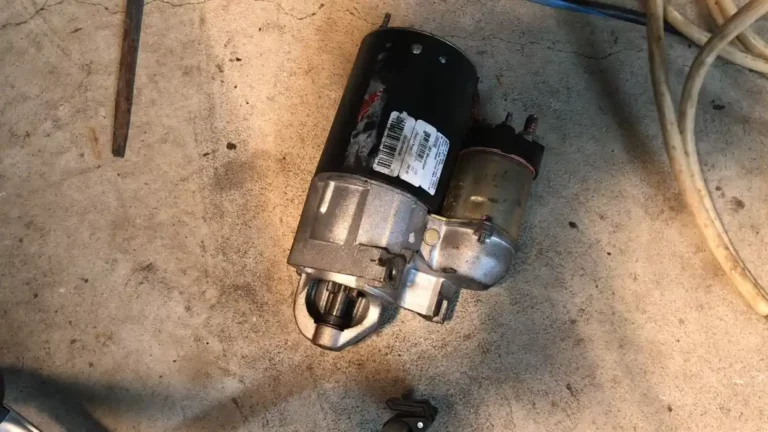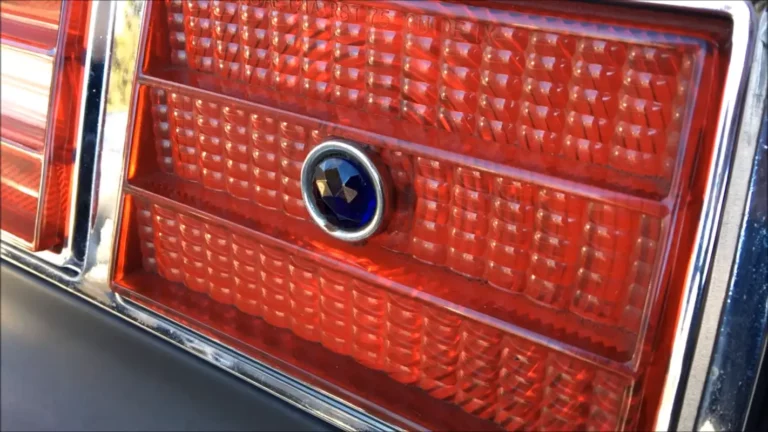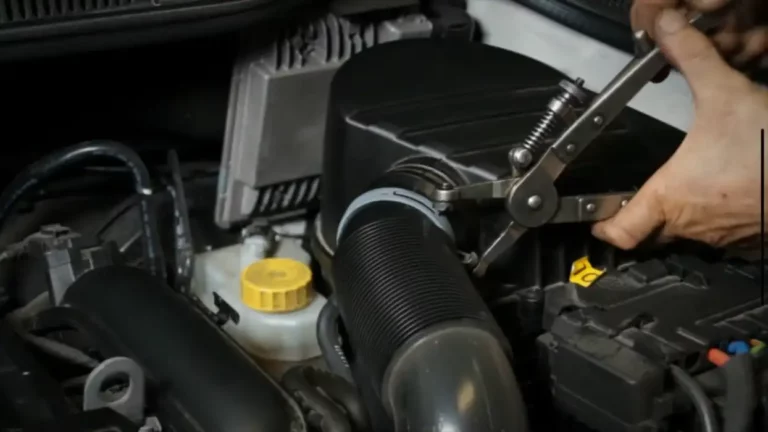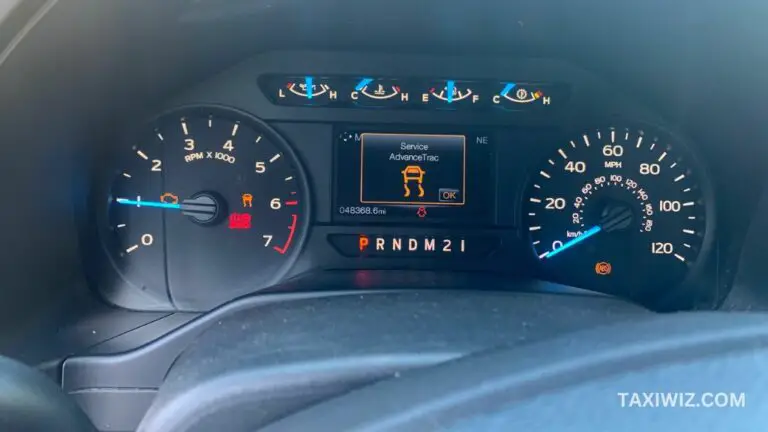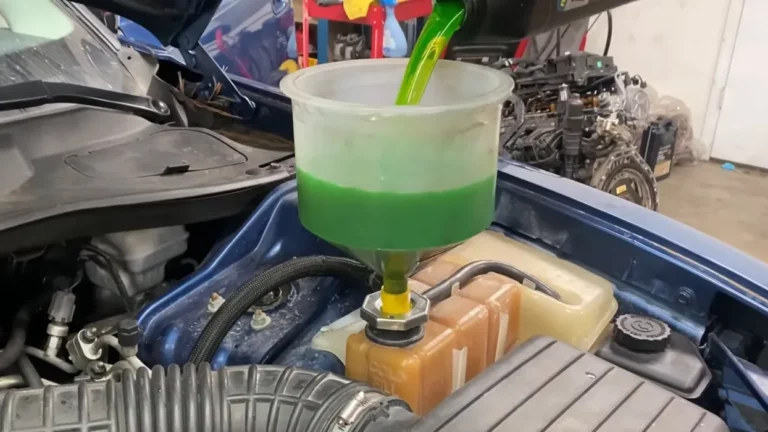How Long Can I Drive with a Bad Knock Sensor?
The knock sensor is a small device with a big job. When in trouble, users commonly ask, how long can I drive with a bad knock sensor before it becomes a serious problem?
But unfortunately, there’s no one-size-fits-all answer. How long you can drive with a bad knock sensor depends on several factors, including the severity of the sensor’s malfunction and your driving conditions.
This article will describe the knock sensors, why shouldn’t we ignore their bad condition, the fixing cost, and many more.
How Long Can I Drive with a Bad Knock Sensor?
The knock sensor plays a crucial role in monitoring the combustion process within your engine. It mainly detects abnormal vibrations or knocking sounds that occur during combustion.
You can continue driving with a bad knock sensor indefinitely until you see poor fuel economy. But it is not recommended. And once you see poor fuel economy or other signs, stop immediately and change the sensor.
Every car has two knock sensors. If one goes out it’s gonna cause absolutely no harm as long as the second one is working.
If the engine will start and run but a warning light or fault code indicates a faulty knock sensor you can (probably) safely drive the car. But the performance of the engine may be compromised.
But just to let you know, it’s really fun to replace the sensor. So don’t continue doing something that’s not recommended.
What Happens if I Drive with a Bad Knock Sensor?
Yes, it is tempting to ignore a faulty knock sensor. Seems like one less problem that needs an emergency fix. However, it’s actually essential to address the issue promptly.
The purpose of a knock sensor is to allow the ignition timing to be advanced to its optimal setting. By retarding spark timing when using a lower grade of gasoline, the knock sensor prevents preignition knock. If the Electronics enables the engine to run, lesser octane gasoline will be assumed.
The knock sensor serves as a protective measure. It prevents harmful detonation that could result in piston damage, cylinder head damage, or even catastrophic engine failure.
Prolonged driving without a properly functioning knock sensor leads to severe engine damage. Ignoring the problem could ultimately result in expensive repairs. In extreme cases, the need for an engine replacement.
How to Fix a Bad Knock Sensor?
A knock sensor is essentially a microphone. Its purpose is to detect “spark knock,” also known as detonation, pinging, and pre-ignition. This is the condition inside the engine in which the fuel starts to burn before it should.
When you suspect a knock sensor problem, it is necessary to pinpoint it. Connect your vehicle to an OBD-II (On-Board Diagnostics) scanner. It will retrieve any trouble codes related to the knock sensor.
Once that is done, here’s how to fix the knock sensor issue:
Step-1: Inspect and Repair
Once the defective knock sensor has been found, the physical condition and wire connections must be inspected. Examine the sensor carefully for evidence of damage, corrosion, or loose connections.
Check that the wiring harness of the sensor is firmly linked to the ECU/PCM. Repair or replace any faults that you find, such as frayed cables or damaged connectors.
If you want a cheap solution that works, here’s what you can do without replacing the knock sensors:
There are 2 sensors, and usually only one goes bad at a time. if that is the case with you, just feed both sensors from the good bank sensor. And the ECU will be happy.
Cut the wire feeding the bad sensor and splice it into the good sensor at the ECU. It will take only 15 mins and ZERO money to fix it. You won’t even get more check engine lights.
However, it is not a long-term solution! And I am not advising it for the long term at all!
Replace the knock sensor if it is beyond repair or shows severe symptoms of wear. To discover the correct replacement part for your individual make and model, consult the service manual and/or seek professional assistance.
Step-2: Clear Fault Codes
It is necessary to clear any fault codes saved in the vehicle’s ECU/PCM after replacing the knock sensor. This can be done with an OBD-II scanner or by unplugging the battery for a few minutes. By clearing the codes, the system is reset and the ECU/PCM is able to recognize the new sensor.
This is essential after you have replaced the bad sensor with a new one.
Step-3: Test Drive
After repairing the knock sensor, test drive your car to evaluate its performance. Examine the engine for any changes in behavior. This may be an increased power delivery, smoother acceleration, and reduced knocking sounds.
Over the next several days, keep a close eye on the vehicle to ensure that the new knock sensor is working properly and that no other problems occur.
Step-4: Preventive Maintenance
Prioritize regular car maintenance to avoid future knock sensor issues. This includes using high-quality fuel with the correct octane rating.
Complete routine inspections to identify and address engine technical concerns as soon as possible. Additionally, keep wiring connections clean and secure.
Also, schedule regular check-ups with a trained mechanic. This will aid in the early detection of any problems and the prevention of serious damage.
Cost of Fixing a Bad Knock Sensor
There is money involved in each step of fixing a bad knock sensor.
You can expect to pay around $50 to $150 for the OBD scanner tests and other diagnoses involving a professional.
The cost of a new knock sensor itself can vary depending on your vehicle’s make, model, and year. It also depends on the quality of the sensor you choose. There’s the 3-wire and 2-wire system of sensors you need to make sure is compatible with your vehicle.
In general, knock sensors are relatively affordable components, with prices ranging from $50 to $200, optimized at around $88. Additionally, you can expect to pay between $100 and $300 for the labor involved in replacing a knock sensor.
DIY repairs can save on labor costs. But consider your level of mechanical expertise and the potential risks and further damage.
Overall, it is estimated to spend between $200 and $500 for a knock sensor repair.
How Long Can I Drive with a Bad Knock Sensor? – (FAQs)
What is the role of a knock sensor in the engine?
A knock sensor is responsible for detecting abnormal combustion noises or engine knocks. It sends signals to the engine control unit (ECU) to adjust the ignition timing and prevent engine damage.
Will a bad knock sensor affect my vehicle’s performance in cold weather?
Yes, a malfunctioning knock sensor can exacerbate engine knocking in cold weather.
Are knock sensors vehicle-specific, or can I use a universal one?
Knock sensors are typically vehicle-specific. They are designed to work with particular engine configurations.
Optimal performance requires using an OEM or compatible replacement knock sensor specific to your vehicle’s make and model.
How long does it take to replace a knock sensor?
It can be a relatively quick job, taking around 1-2 hours. However, for more complex configurations, it may require more time.
Can a bad knock sensor cause engine overheating?
A bad knock sensor is not directly responsible for engine overheating. However, if the sensor fails to detect engine knocking accurately, it may cause the engine to run improperly. This potentially leads to overheating if left unaddressed.

